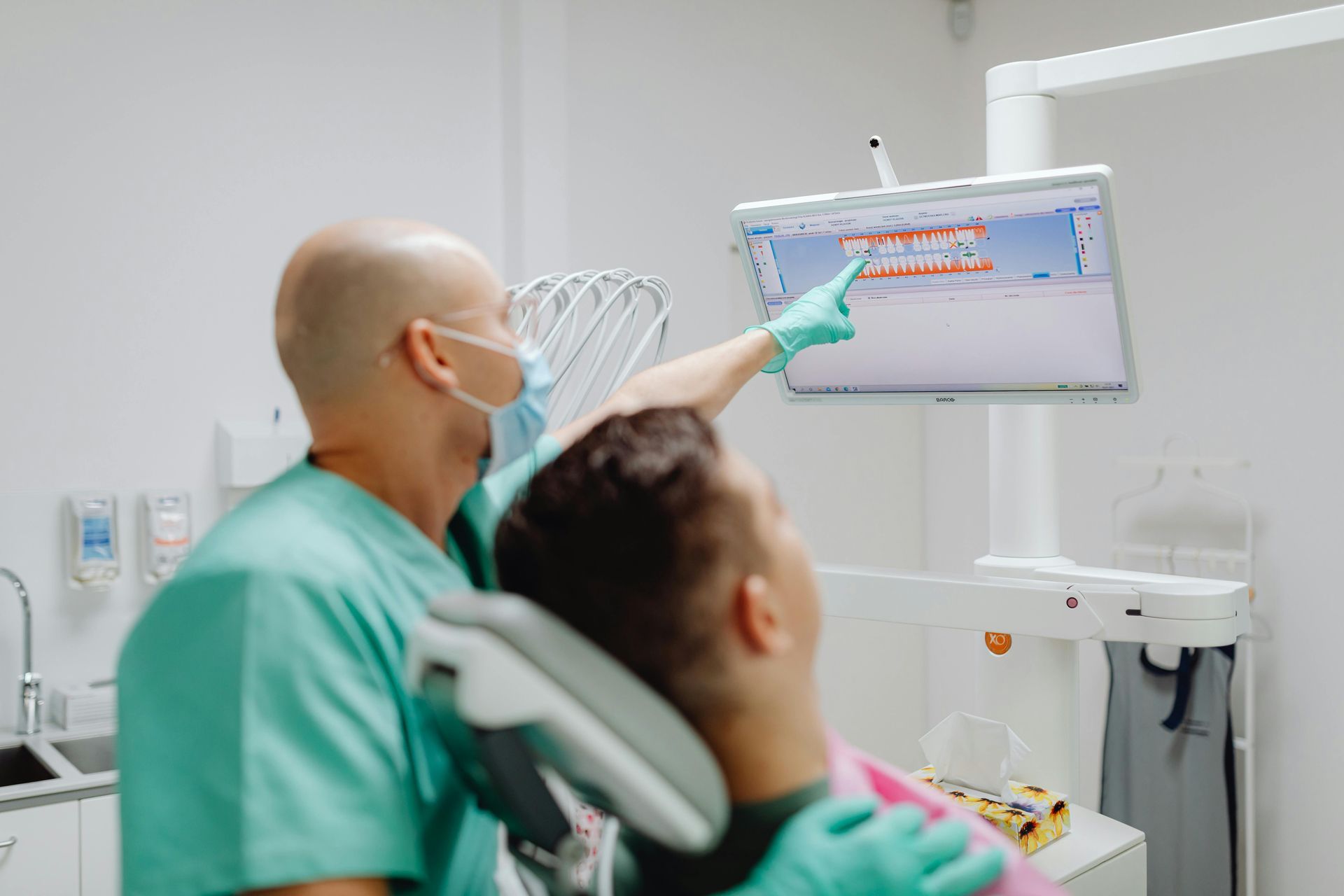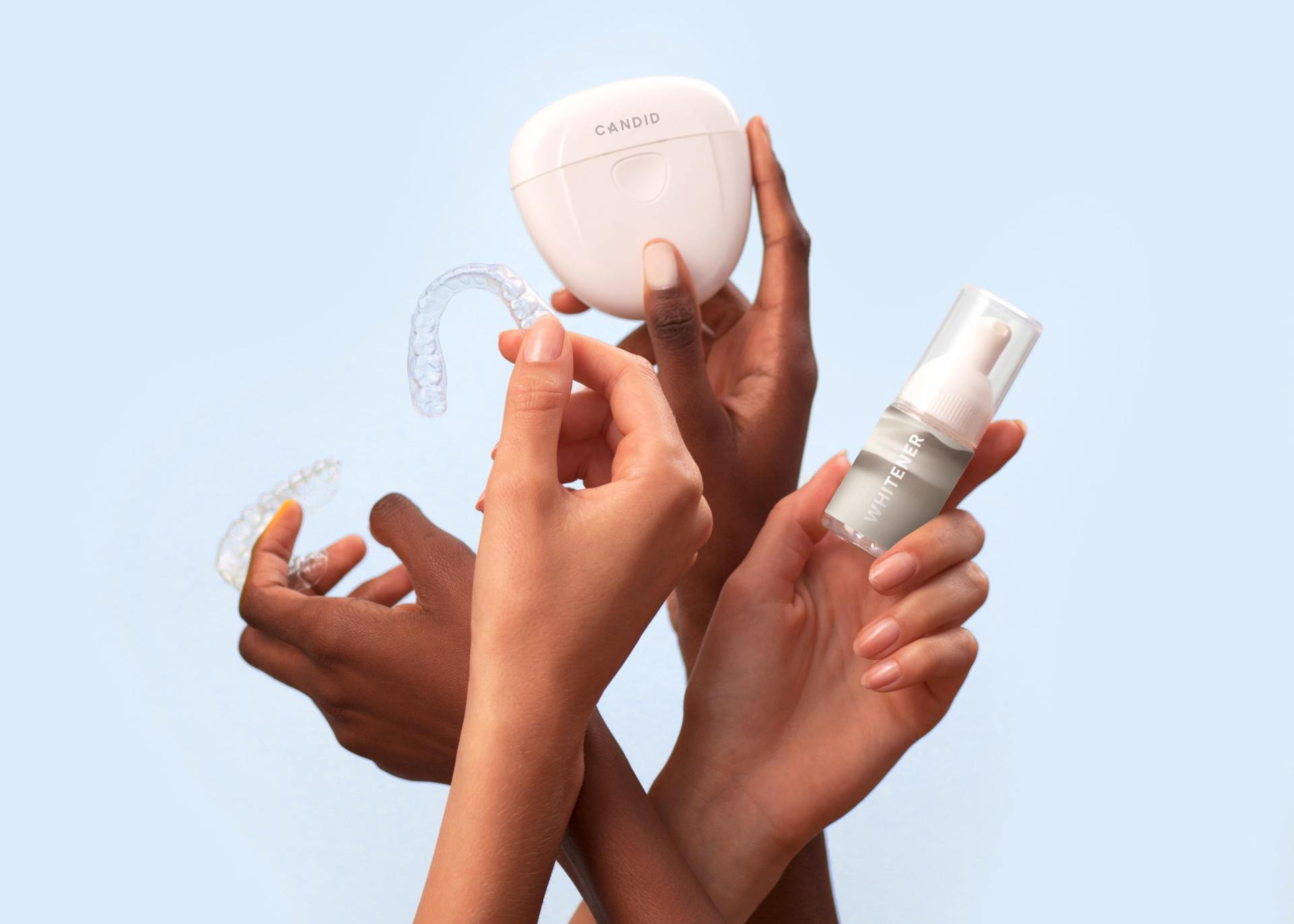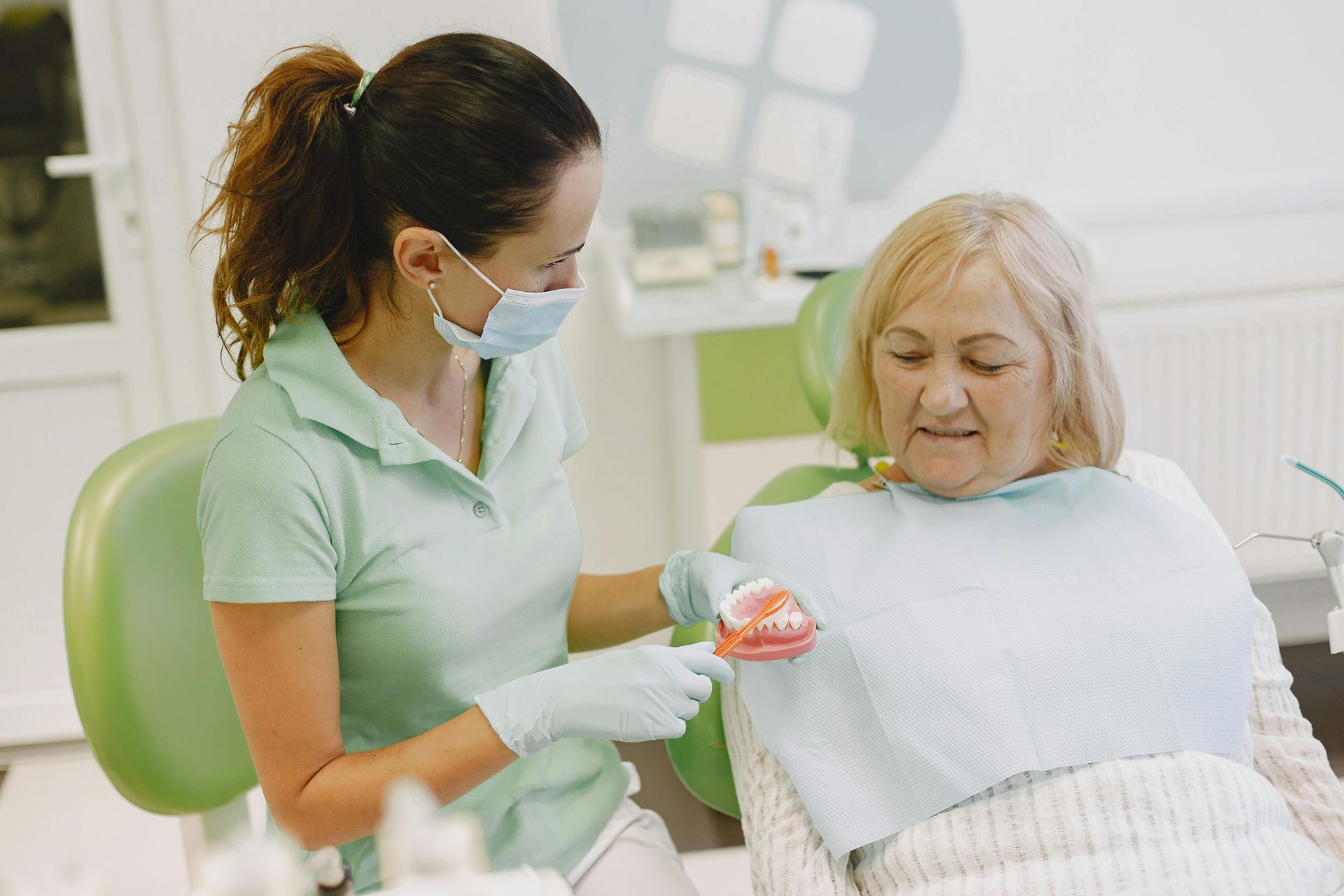The Science Behind Teeth Whitening: Whats Safe and Effective?
What is Teeth Whitening?
Teeth whitening is a cosmetic dental procedure aimed at enhancing the appearance of natural teeth by removing surface stains and discolouration. The process typically involves the use of active ingredients such as hydrogen peroxide or carbamide peroxide, which help break down stains on the enamel, leading to a whiter smile over a period of time.
There are several options for achieving whiter teeth, ranging from over-the-counter products like whitening toothpaste and strips to professional treatments in a dental office. While counter products are more affordable, professional treatments often yield more effective and longer-lasting results.
Safety is a crucial consideration in teeth whitening. Some methods can lead to tooth sensitivity or gum irritation, especially if used incorrectly. Consulting a dental professional can help you choose the safest option for brightening your smile while maintaining oral health. For those concerned about the effects of teeth whitening on tooth enamel, it is essential to ensure that products are used as directed to prevent damage. Regular oral hygiene practices can complement whitening efforts, contributing to healthy teeth and a brighter smile.
Methods of Teeth Whitening
There are various methods to achieve a brighter smile, each with its benefits and considerations. Whether you prefer an in-office treatment or a more natural approach, understanding your options can guide you toward the most suitable choice for your teeth. The key to effective teeth whitening is selecting a method aligned with your oral health needs and lifestyle.
Professional Teeth Whitening Treatments
Professional teeth whitening treatments are typically conducted by a dental professional in a dental office. These procedures use higher concentrations of active ingredients like hydrogen peroxide for more dramatic results. Patients can expect significantly whiter teeth after just one session. However, professional treatments may cause temporary tooth sensitivity or gum irritation, which most practitioners can minimize with protective measures.
Over-the-Counter Whitening Kits
Over-the-counter whitening kits, including whitening trays, strips, and regular toothpaste with whitening agents, are readily available at most pharmacies. These products are more budget-friendly and convenient for home use. However, they contain lower concentrations of whitening agents, which may require longer periods to see noticeable effects. It's essential to follow package instructions carefully to reduce the risk of damaging tooth enamel or experiencing gum irritation.
Natural Remedies for Teeth Whitening
For those seeking a gentler approach, some people explore natural remedies for teeth whitening. Methods like brushing with baking soda or coconut oil pulling are popular alternatives. These options are usually less harsh, but their effectiveness can vary and often produce subtle results over a more extended period. It's crucial to pair natural remedies with excellent oral hygiene practices to maintain healthy teeth and avoid potential enamel wear.
Biochemical Processes in Teeth Whitening
Teeth whitening often involves biochemical processes that primarily use hydrogen peroxide or carbamide peroxide. These active ingredients penetrate the tooth enamel to break down surface stains at a molecular level, resulting in a whiter smile. Hydrogen peroxide is a common component in both professional treatments and over-the-counter products, acting swiftly to oxidize and remove colorations from stained teeth.
Carbamide peroxide is another popular agent, which releases hydrogen peroxide over a longer period of time, making it suitable for whitening trays that fit over the teeth. It's important to note that while these processes are effective in achieving whiter teeth, they can have side effects such as tooth sensitivity and gum irritation.
The safety of these whitening agents largely depends on their concentration and the duration of exposure. Professional teeth whitening in a dental office ensures controlled application, minimizing adverse effects. Users should consider seeking advice from a dental professional to choose the most appropriate and safe option for their oral health.
Safety and Efficacy
Teeth whitening is a popular cosmetic procedure with various methods available. The efficacy of whitening treatments largely depends on the concentration of active ingredients and the application technique. Professional treatments generally offer more predictable and safer outcomes compared to over-the-counter products because they are administered by dental professionals who can tailor the procedure to individual needs.
Risks and Side Effects of Whitening Products
While effective, teeth whitening can pose risks such as tooth sensitivity and gum irritation. These side effects are often temporary but can be uncomfortable. Higher concentrations of bleaching agents in some products may increase these risks, highlighting the importance of proper use and, if possible, professional supervision to mitigate adverse effects on oral health.
Ingredients that Enhance Whitening Results
Hydrogen peroxide and carbamide peroxide are key ingredients known to effectively whiten teeth. Both compounds work by penetrating the tooth enamel to target and break down surface stains. Whitening agents such as these are commonly found in professional treatments and over-the-counter whitening strips, gels, and trays, each designed to enhance the brightness of a natural smile.
Ingredients that May Hinder Whitening Results
Certain ingredients can impair the effectiveness of whitening treatments. Components such as silica or other abrasive substances in regular toothpaste may cause wear to tooth enamel, potentially diminishing the results. Additionally, some elements in colored mouthwashes or beverages can stain teeth, counteracting the efforts of whitening treatments and reducing their efficacy over time.
Misconceptions About Teeth Whitening
Teeth whitening is often misunderstood, with many believing it can completely alter tooth colour. In reality, whitening works primarily on surface stains caused by foods, drinks, or smoking. It does not significantly change the color of natural teeth.
A common misconception is that over-the-counter products are as effective as professional treatments. While they may offer some results, professional teeth whitening involves stronger active ingredients like hydrogen peroxide or carbamide peroxide, leading to more noticeable and faster outcomes.
Many people worry about the effects of teeth whitening on tooth enamel and overall oral health. When used correctly under the guidance of a dental professional, whitening products are generally safe. However, they can cause tooth sensitivity and gum irritation if overused or improperly applied.
Lastly, some believe whitening results are permanent. In truth, maintaining a whiter smile requires regular touch-ups and proper oral hygiene, as the effects diminish over a period of time. Regular toothpaste cannot compete with these treatments but helps prevent surface stains. For lasting results and healthy teeth, consult a dental office for professional advice on the best whitening options.
Duration of Whitening Effects
The effectiveness of teeth whitening can vary based on the method used and individual habits. Professional treatments, often using hydrogen peroxide or carbamide peroxide, can yield results lasting from six months to two years. Conversely, over-the-counter products like whitening strips and toothpaste typically provide a whiter smile for a shorter period, often a few weeks to several months.
Maintaining a brighter smile also depends on lifestyle choices. Habits such as smoking, consuming coffee, tea, or red wine can accelerate discoloration, reducing the longevity of whitening effects. Regular oral hygiene practices, including brushing, flossing, and using mouthwash, help preserve whiteness by removing surface stains.
Here's a quick overview of how long different methods last
Professional Office Treatments: 6 months to 2 years
Over-the-Counter Products: A few weeks to months
Whitening Toothpaste: Regular use is needed to maintain
Best Practices for Maintaining a Bright Smile
Maintaining a bright smile involves a combination of good oral hygiene practices and periodic whitening treatments. Begin with brushing your teeth at least twice a day using a fluoride toothpaste to remove surface stains and prevent plaque buildup. Daily flossing is crucial to reach areas between teeth where stains and food particles can accumulate.
Consider professional treatments or over-the-counter products with active ingredients like hydrogen peroxide or carbamide peroxide for occasional whitening. These agents effectively target and reduce discoloration but should be used as directed to minimize tooth sensitivity and protect tooth enamel.
Regular dental check-ups and cleanings are vital. They not only enhance oral health but also offer the opportunity for your dental professional to recommend effective whitening strategies based on your needs. Limit consumption of stain-inducing foods and drinks like coffee, red wine, and dark berries, and rinse your mouth with water after consuming them.
Use whitening trays or strips as an at-home supplement, but ensure they fit properly to prevent gum irritation. A balanced diet rich in fruits and vegetables promotes healthy teeth, supporting your efforts towards a whiter smile. By adhering to these best practices over a period of time, you can enjoy a brighter, white smile while ensuring overall dental well-being.
Consulting Dental Professionals for Teeth Whitening
Consulting a dental professional for teeth whitening is a wise choice to ensure both effectiveness and safety. Professional treatments often utilize higher concentrations of bleaching agents like hydrogen peroxide or carbamide peroxide than over-the-counter products. This means you can achieve whiter teeth in a shorter period of time compared to at-home whitening kits.
Dental professionals can tailor the treatment to your needs, minimizing the risks of tooth sensitivity and gum irritation. They also ensure that your tooth enamel remains protected throughout the process. Various office treatments, such as custom whitening trays and chairside bleaching, provide immediate results and a whiter smile. A dental office visit allows experts to assess your oral health and determine the most suitable option, whether you have natural teeth or require additional considerations.
When considering teeth whitening, professionals can offer insights into maintaining a brighter smile with regular oral hygiene, recommending specific products to prolong the effects of teeth whitening. Consulting with a dental professional not only guarantees a healthier path to white teeth but also supports long-term oral health.
At Don River Dental we give you the best tips . If you are experiencing any symptoms or pain please feel free to call us at (416) 901 - 9292 and someone from our team will be happy to answer any questions and schedule an appointment as soon as possible. We offer safe soothing dentistry in North York.












